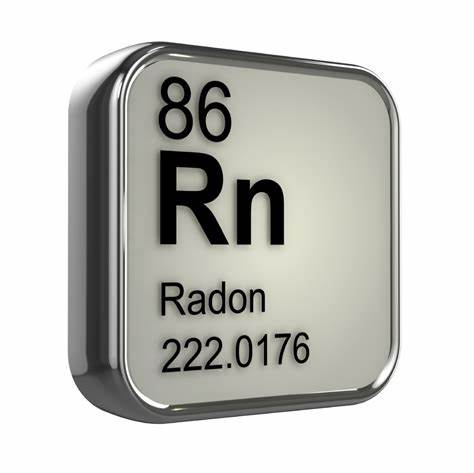
Unveiling the Invisible Threat: Understanding Radon and Protecting Against Its Dangers
A silent intruder, undetectable by sight or smell, radon is a pervasive radioactive gas present in many workplaces and homes across the United States. Emerging from the decay of uranium nestled within rocks and soils, radon can seep into the air, generating radioactive particles that, if inhaled, pose a substantial threat to DNA integrity, significantly elevating the risk of lung cancer. Shockingly, it stands as the second leading cause of lung cancer, claiming the lives of approximately 21,000 Americans annually according to the Environmental Protection Agency (EPA). In this comprehensive guide, discover the nuances of radon exposure, testing techniques, mitigation strategies, and essential safety measures for workers to combat this hidden menace.
The Reach of Radon: Where It Lurks
Radon permeates various environmental elements – soil, water, and the air. Areas rich in uranium-containing soil and rock often harbor heightened levels of radon. Surprisingly, this perilous gas infiltrates both old and new constructions, with or without basements. The avenues of its entry into our living spaces are manifold: through cracks in floors or walls, construction joints, gaps encircling pipes, sump pumps, drains, or suspended floors. Notably, radon intrusion through foundations is a primary concern, although its access through water supplies, especially private and public wells, is not uncommon.

Testing and Remediation: Shedding Light on the Unseen
Detecting the presence of radon demands specialized equipment due to its invisible nature. Two primary testing methods offer insight into its levels. Passive radon testing, the more prevalent approach, involves deploying devices—such as charcoal canisters or alpha-track detectors—without the need for power. These instruments are placed within a structure for a designated period, sealed, and then dispatched to a laboratory for analysis. In contrast, active monitors, necessitating a power source, furnish instantaneous readings and can gauge both short-term and long-term radon levels.
Short-term vs. Long-term Testing: Unraveling the Duration Dilemma
EPA guidelines suggest that while radon levels fluctuate daily and seasonally, long-term testing provides a more accurate year-round average compared to short-term tests. Short-term tests, lasting anywhere from two to 90 days, offer quick results but are less indicative of long-term exposure. On the other hand, long-term tests extend beyond 90 days, providing a comprehensive view. Regardless of the testing method chosen—whether professional or DIY—all radon tests should span at least 48 hours.
Understanding Radon Levels and Mitigation Strategies
Radon levels are measured in picocuries per liter of air (pCi/L), with the EPA recommending mitigation once levels hit 4 pCi/L to curtail exposure. Mitigation strategies for both residential and commercial buildings often involve systems that redirect radon from the soil beneath structures. Proactive installation of mitigation systems during construction ensures prompt radon dissipation upon detection. The EPA emphasizes three key strategies for reducing radon exposure in larger structures like schools and office buildings:
- Sealing potential entry points for radon.
- Pressurizing the building's HVAC system.
- Installing active-soil depressurization (ASD) systems.
Protecting Workers from Radon: Safety Measures and Guidelines
Workers engaged in restoration projects in homes and buildings face potential radon exposure. Studies, such as one conducted by the University of California at Irvine in 2022, underline the link between prolonged exposure to low radon levels and lung cancer, underscoring the need for stringent protective measures. Employers and workers can minimize exposure by adhering to OSHA standards (29 CFR 1910.120 and 29 CFR 1910.1096/29 CFR 1926.53), employing air monitoring, and following recommended engineering controls, PPE usage, and work practices:
- Engineering Controls: Installing radon remediation systems.
- Personal Protective Equipment (PPE): Employing NIOSH-approved particulate-filtering respirators.
- Recommended Work Practices: Ventilating work areas adequately, refraining from eating, drinking, or smoking in work zones.
Frequently Asked Questions and Additional Considerations
Understanding OSHA guidelines for radon exposure (with a permissible limit of 100 pCi/L) within a specified workweek and periodic testing intervals (at least every two years or after significant renovations) remains crucial. Moreover, testing water sources—private wells or groundwater-fed public supplies—for radon stands as an additional imperative.
Conclusion
Radon, though invisible, poses a tangible threat to our health. Vigilance through regular testing, meticulous mitigation efforts, and stringent safety measures for workers are imperative in safeguarding against its insidious effects. Stay informed, prioritize testing and mitigation, and adhere to regulatory guidelines to combat this silent, yet perilous, intruder effectively.
